Tap water in Ho Chi Minh City fails to meet chlorine standards

Chlorine concentration was found exceeding the maximum level in areas near the reservoirs of Saigon Water Supply Corporation (SAWACO) and being below the minimum rate in other areas far from the lakes, according to the results of the check.
In some places, especially apartments, the chlorine content was almost zero, as measured during the check carried out by the Department of Health and Environment Management under the ministry.
Health experts warned that a substandard chlorine content level will cause diseases and hazards for consumers.
According to the norm approved by the health ministry, the safe rate of chlorine in tap water in Vietnam must be from 0.3 to 0.5mg per liter.
But the standard has not been observed, even in a big national hub like Ho Chi Minh City.
At the underground reservoir of the Phuc Loc Tho apartment building in Thu Duc District, the chlorine content was measured at 0.73mg per liter, or 0.23mg higher than the allowable rate in a liter.
But the chlorine concentration of tap water measured in the kitchen of an apartment on the 14th floor was just 0.06mg per liter.
At the house of a Thu Duc resident, the content was 0.64 mg per liter, higher than the maximum rate.
The difference in the chlorine content in tap water is common in the water supply industry in Vietnam.
SAWACO admitted that they cannot ensure an equal chlorine content to keep it at a stable level from the start to the end of the water supply system, which covers the city of 2,100 square kilometers in area.
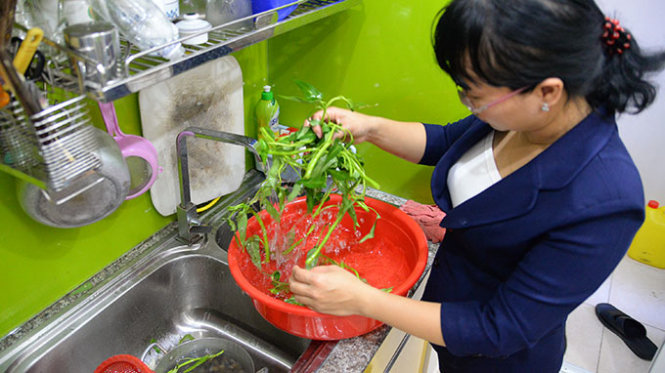
A woman cleans vegetables at her apartment at the Phuc Loc Tho apartment buiding
in Thu Duc District, Ho Chi Minh City. Photo: Tuoi Tre
To ensure the chlorine content reaches the norm of 0.3 to 0.5mg per liter, SAWACO added it at 0.9-1.1mg per liter at the start of its water pipes.
It is hoped that the concentration will meet the standards at the end of the water pipes.
High chlorine content harmful to health
Le Van Nhan, vice director of the Ho Chi Minh City Preventative Health Center, explained that chlorine is meant to kill bacteria and microorganisms in tap water and the rate in Vietnam, at 0.3-0.5mg per liter, is higher than the average level in the world because of the poor quality of pipes.
Water pipes in Vietnam are rusty and leak or break, creating opportunities for bacteria and mosses to exist, so chlorine concentration is higher than the global average, Nhan added.
If the content is below the range of 0.3-0.5mg per liter, bacteria and organic particles exist and can bring about diseases such as cholera and typhoid.
If the concentration is over the limit, consumers may develop an allergy or suffer other symptoms like breathing problems, choking, and shedding tears.
In addition, an excessive chlorine content reduces the absorbing ability of the human body because the disinfectant harms absorbent cells on the wall of the bowels.
The high chlorine rate can also be detrimental to the skin, making it dry and possibly crack or peel.
Despite the bad consequences, SAWACO said that it hopes to settle the issues next year since it is asking the city to build more reservoirs along the water pipe system to facilitate supply and better control the safety of tap water.
The firm added that it is now measuring the pressure of water in pipes to prepare for using new methods to add chlorine at the end of pipelines in 2016.
|
Doctor Tran Van Ky from the Vietnam Food Safety Association said the water supply industry should not rely on a cheap solution used decades ago by dissolving chlorine in water pipes. Dr. Ky suggested using the latest technology now applied in the world, called “reverse endosmosis solution,” to filter bacteria. Users can drink clean water treated this way, he added. |
What the stars mean:
★ Poor ★ ★ Promising ★★★ Good ★★★★ Very good ★★★★★ Exceptional
Latest News
More News
- Tan Hiep Phat - three decades of serving society (November 04, 2024 | 17:58)
- Hanoi to restrict polluting vehicles across key districts (November 04, 2024 | 16:29)
- Hoan My Medical Group launches breast cancer screening to support community health (November 02, 2024 | 10:56)
- Vietnamese students explore the future at STEAMese Festival (October 28, 2024 | 16:55)
- Honouring ‘Green Warriors’ on Vietnamese Women’s Day (October 21, 2024 | 15:16)
- Swing for the Kids charity golf tournament kicks off (October 13, 2024 | 09:00)
- Swing for the Kids 2024 tees up opportunities for Vietnam's youth (October 12, 2024 | 10:00)
- HCM City approves 9 billion-USD Can Gio coastal urban development project (October 08, 2024 | 15:56)
- Nha Trang Bay submarine services pilot programme extended to next March (October 08, 2024 | 15:45)
- Swing for the Kids scholarship motivated by beneficiary’s kindness and maturity (October 08, 2024 | 12:35)




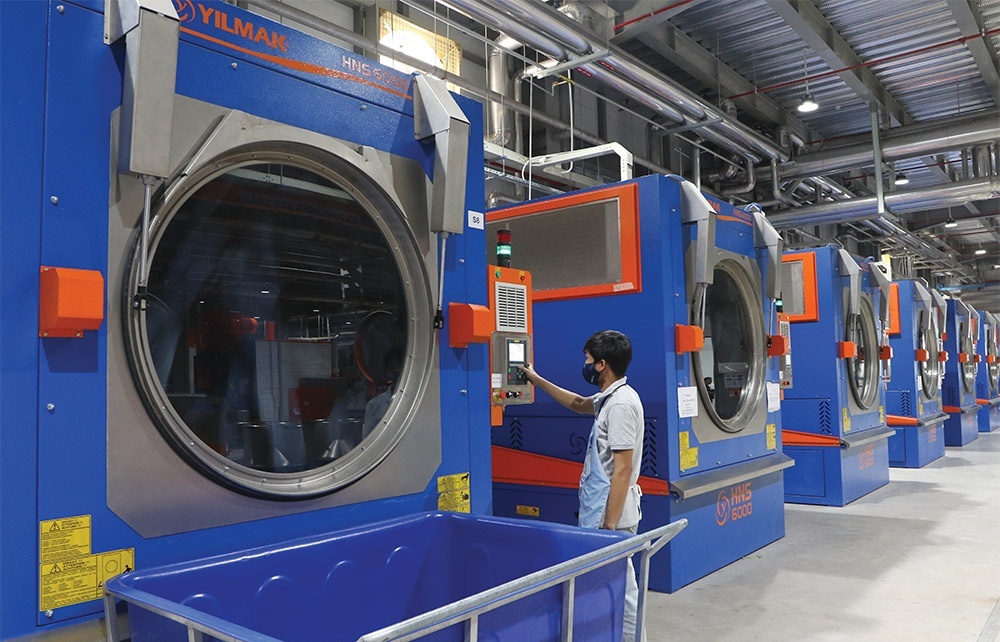
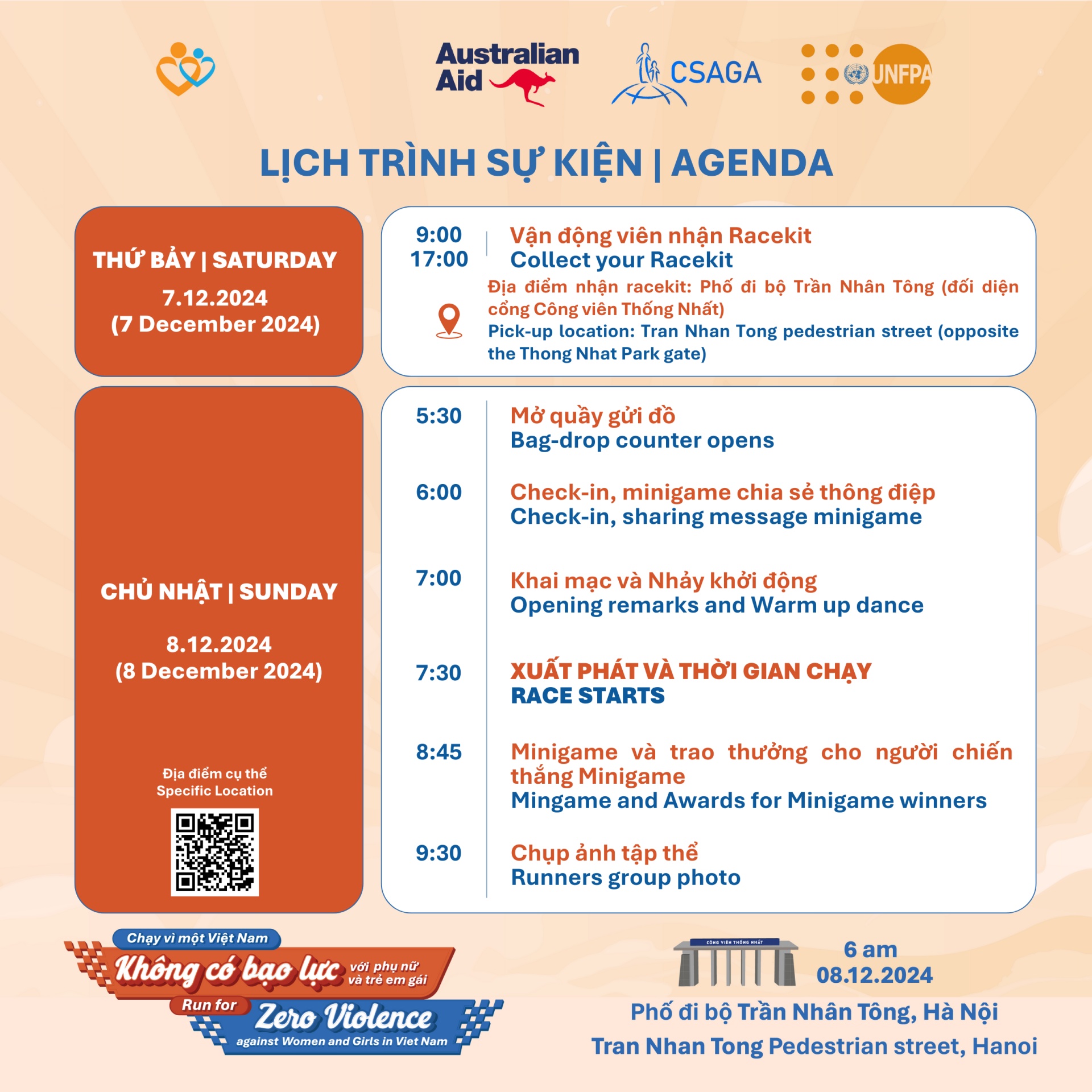
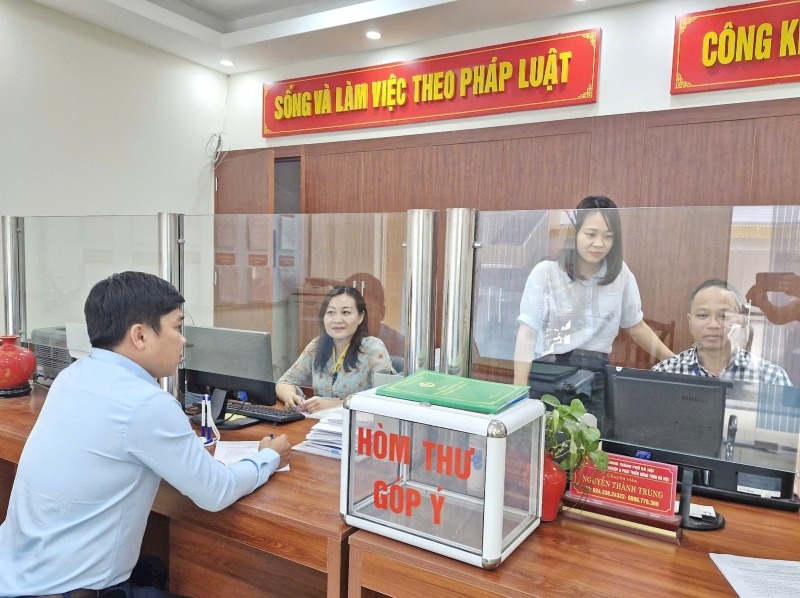


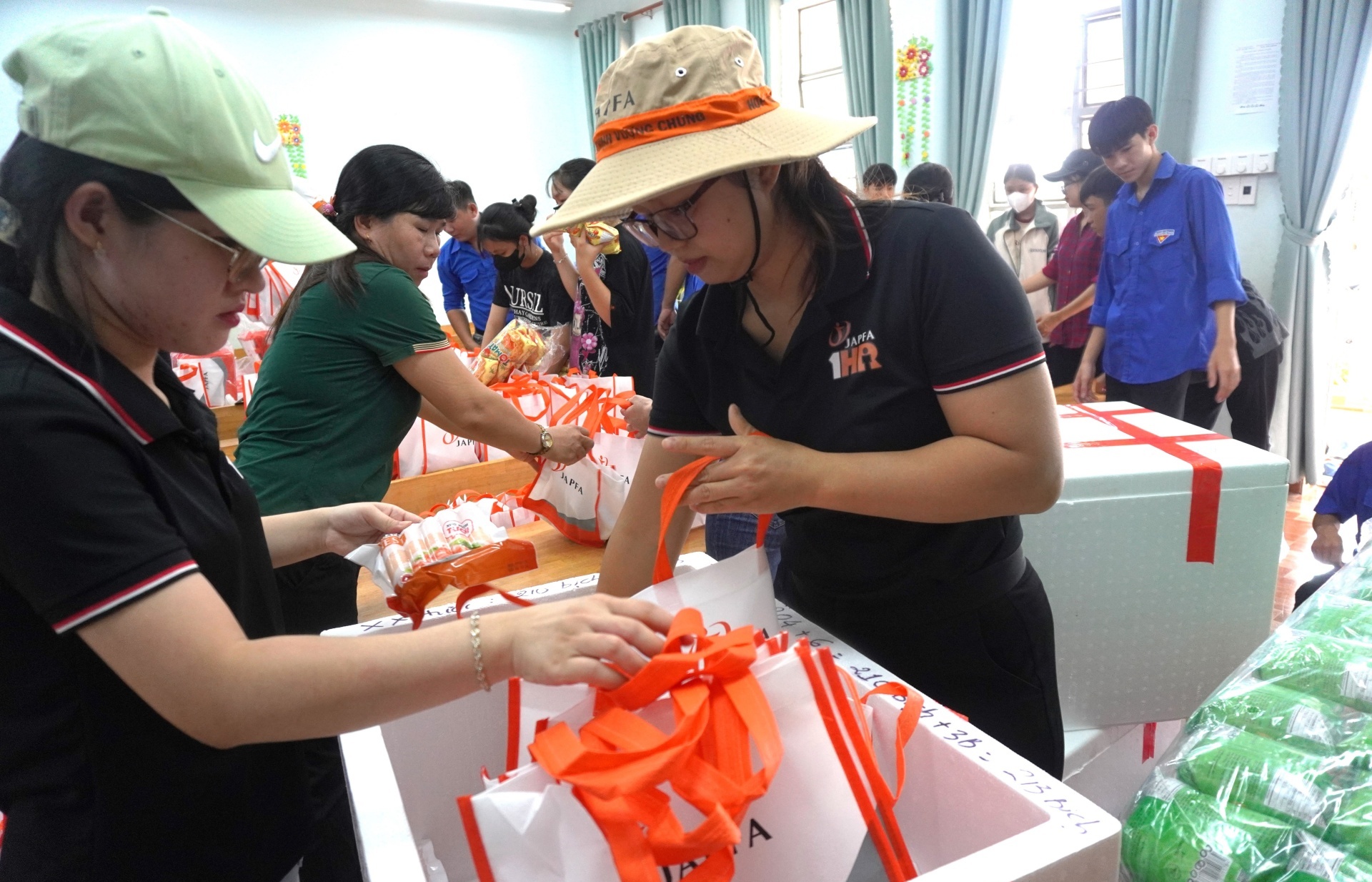



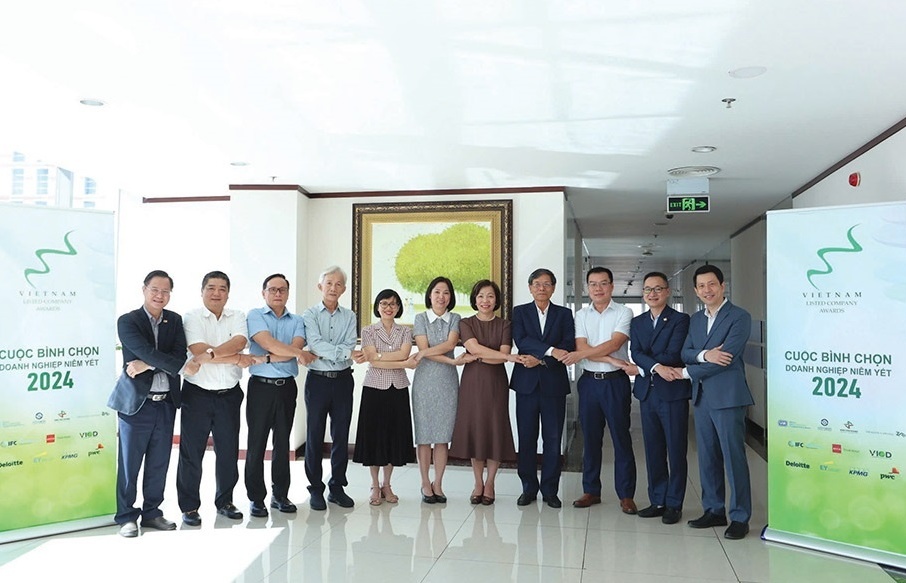






 Mobile Version
Mobile Version